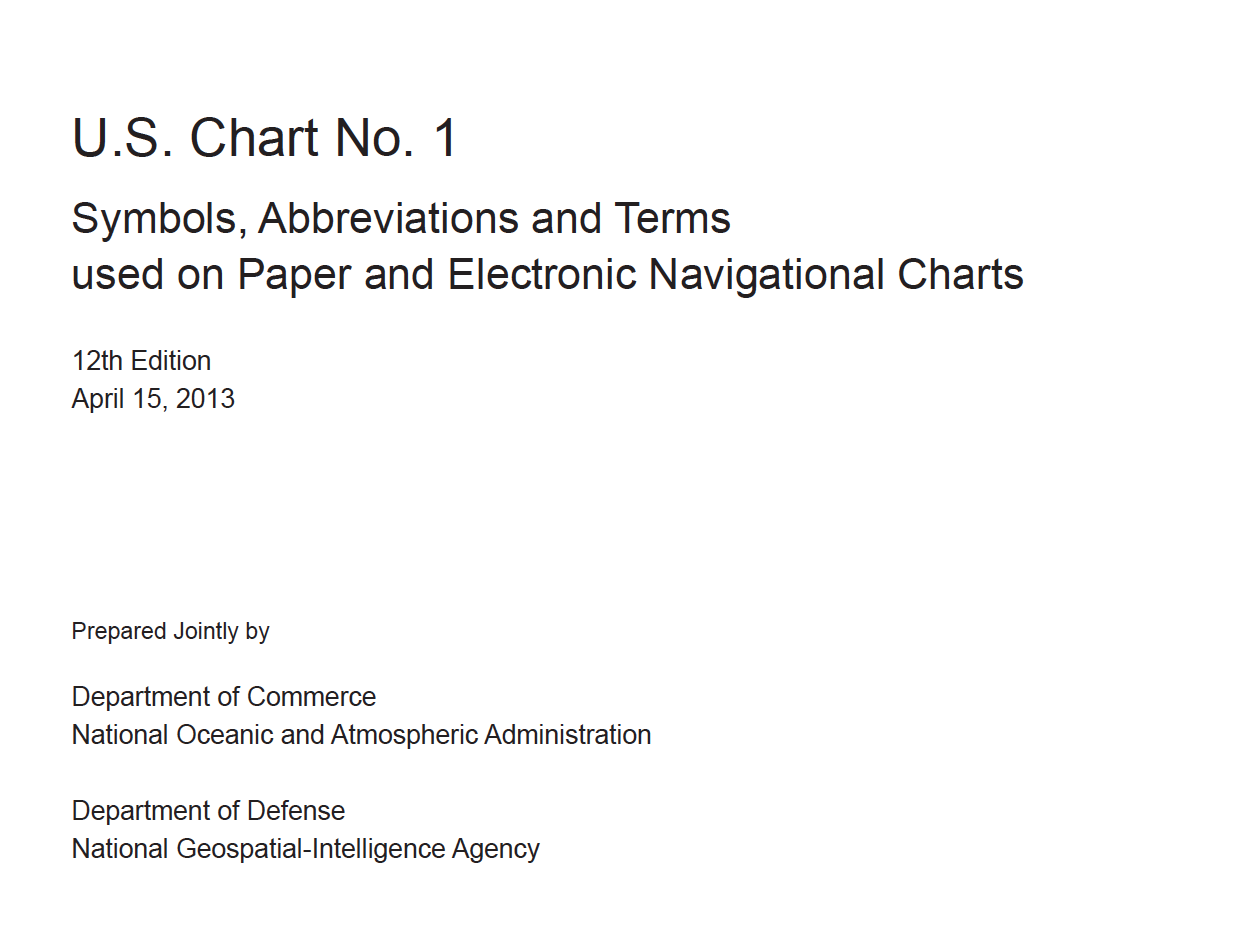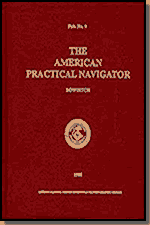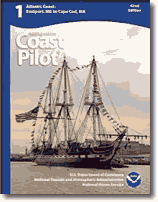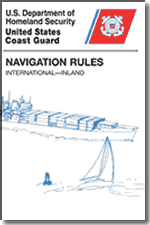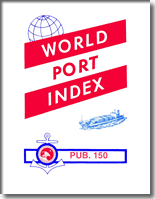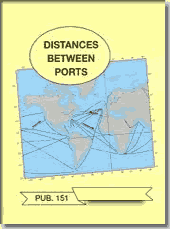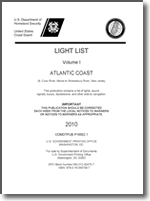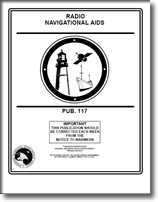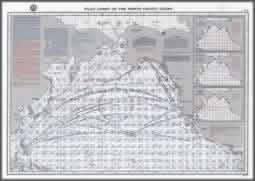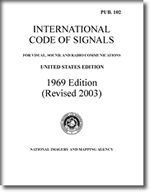NOAA maps & Nav Resources
The American Practical Navigator
US Coastal Pilots - Pacific
Marine Weather Service Chartís
Marine Weather Service Chart’s
Marine Service Charts for the West Coast published by NOAA and covering U.S. waters from Mexico to the Canadian Border.
There are 3 charts total and are broken down by geographical region. These charts provide a lot of marine weather related information including frequencies, schedules and locations of stations disseminating NWS products. They also contain additional weather information of interest to the mariner. The front side of the charts shows the map and the 2nd page shows text that accompanies the chart.
The PDF format is helpful if you need to zoom in on a specific area of the chart. Otherwise, if you print them, legal size paper is required to get the whole chart on one sheet.
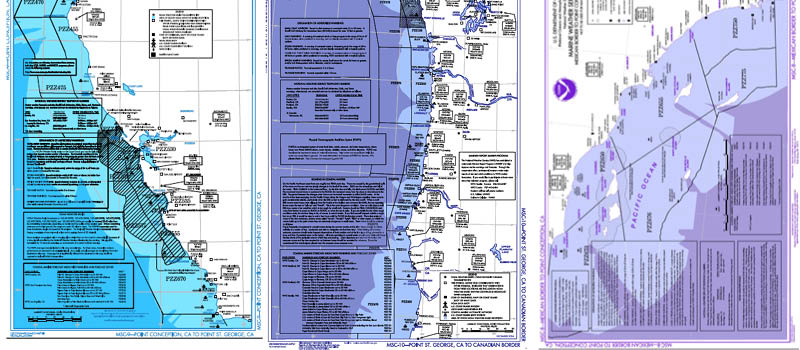 Pt Conception to St George,CA St George to Canadian Border Mex Border to Pt Conception
Pt Conception to St George,CA St George to Canadian Border Mex Border to Pt Conception
